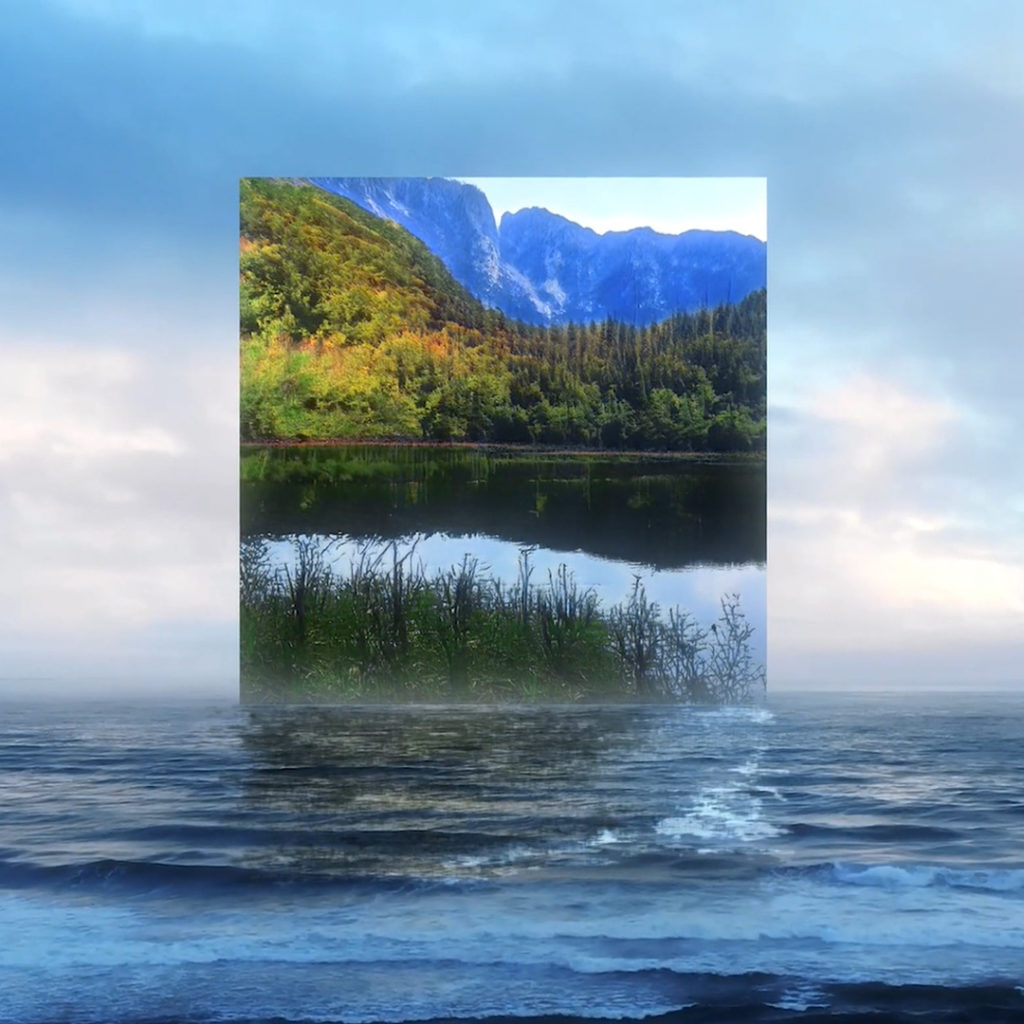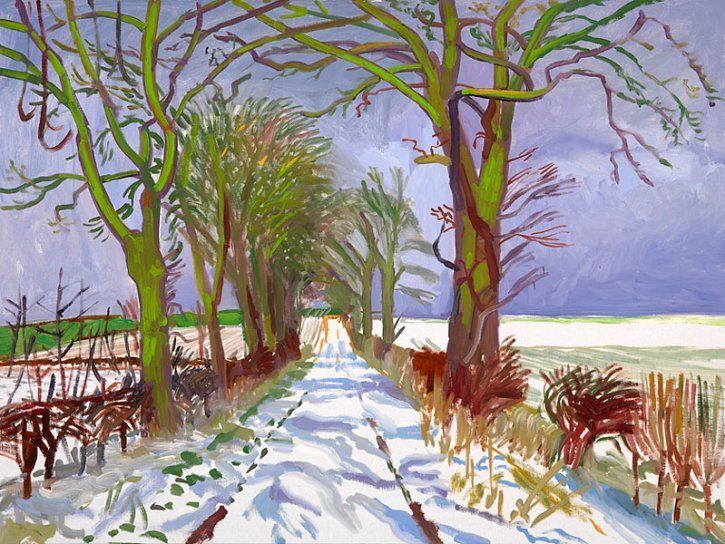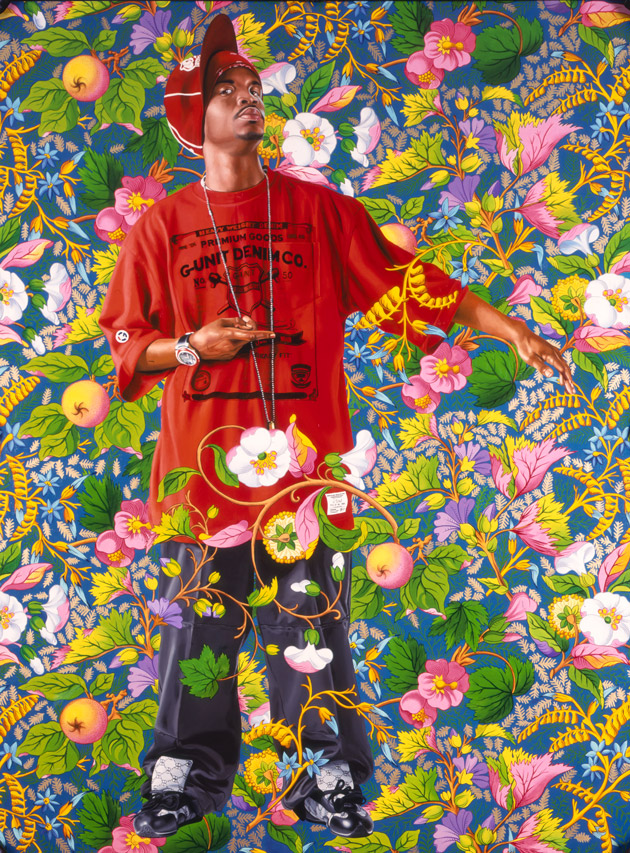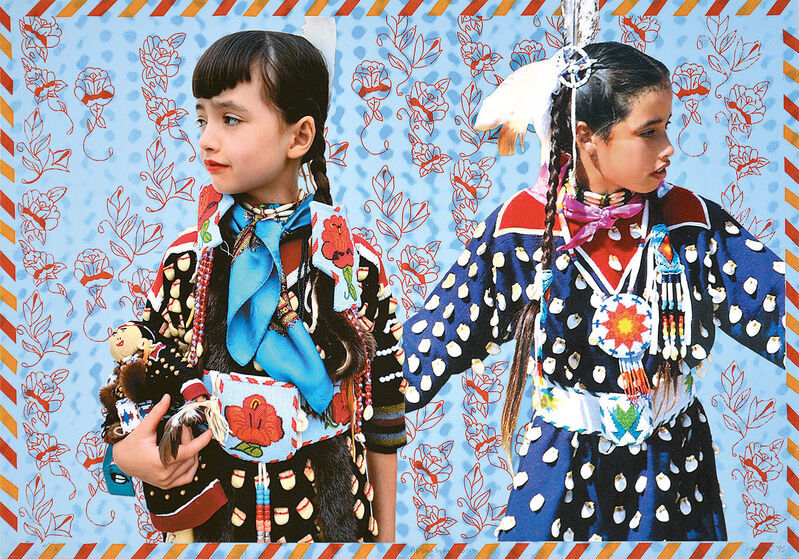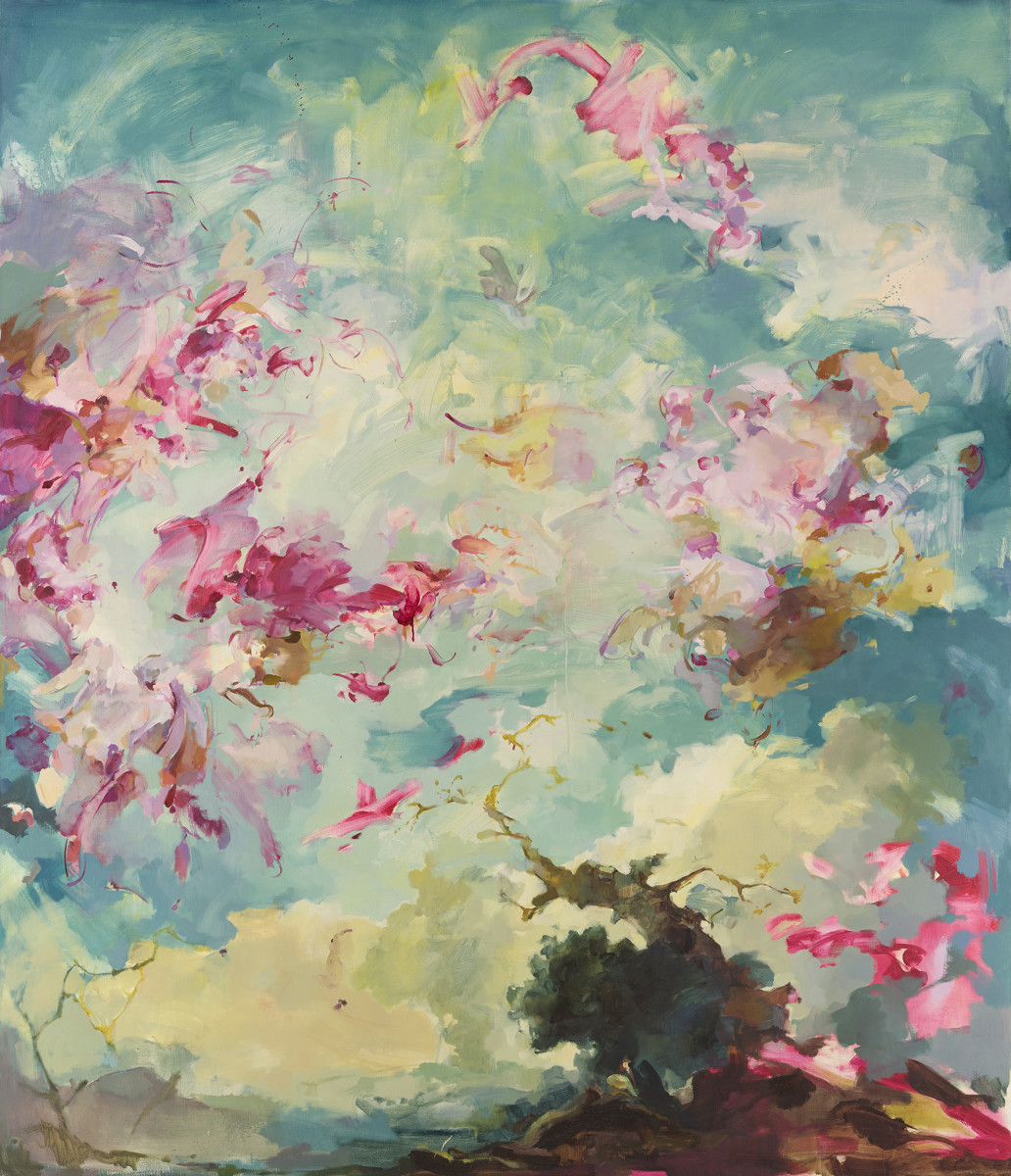
Discover Flora Yukhnovich
The art world is abuzz with talk of Flora Yukhnovich, the British artist behind the flamboyant Rococoesque paintings that have likely flooded your feed in recent months. Fluctuating between figuration and abstraction, Yukhnovich’s indulgent canvases fuse art historical and contemporary references spanning film, food and consumerism, while exploring the expressive tactility of paint. ‘I always want people to have an “a-ha” moment, where you recognise something, but you can’t quite place it,’ she has said. ‘A familiarity that offers you access to the work.’ Featuring her signature pastel palette and thick, gestural brushwork, Thank Heaven for Little Girls (2019) is a sumptuous vision of 18th-century whimsy and drama. No wonder she’s the art market’s new darling.
Share




